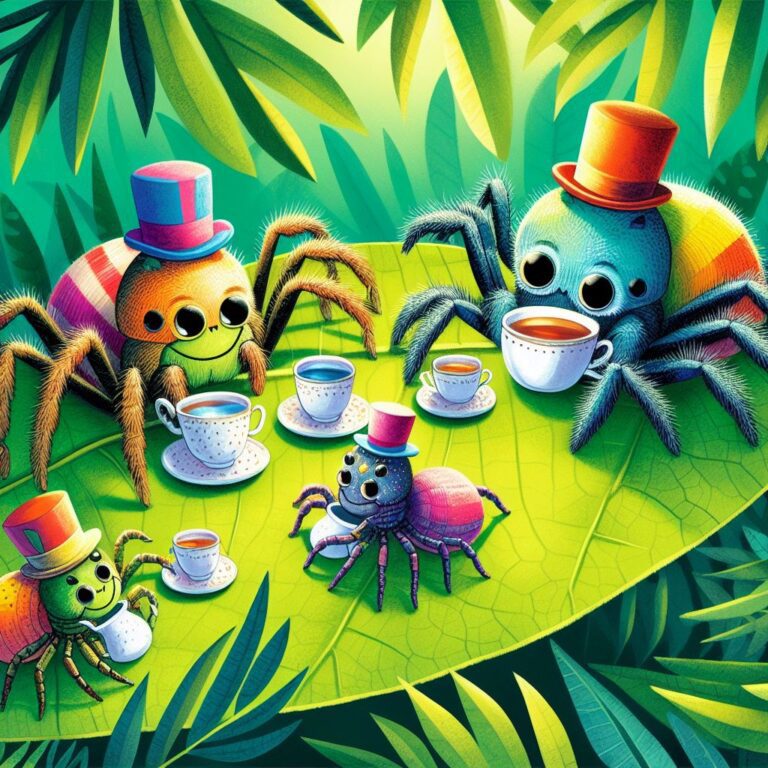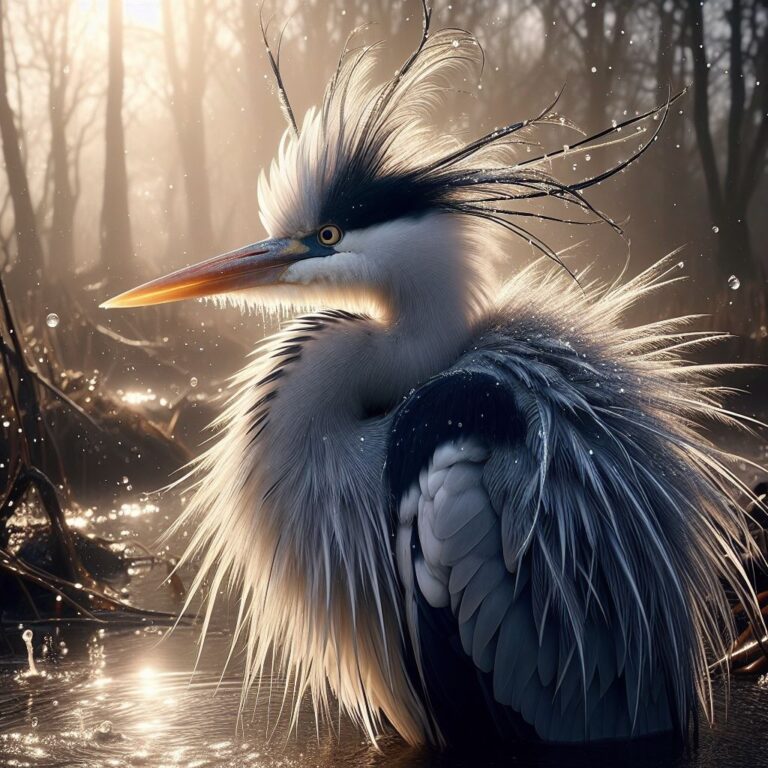Royal Birthmark: Meanings, Superstition & Folklore Uncovered
Throughout history, birthmarks have been imbued with special meaning in folklore and mythology. The concept of the “royal birthmark” is one such belief that has persisted for centuries, capturing the imagination of many cultures. This article will explore the origins, meanings, and enduring mystique around the idea of birthmarks as signifiers of noble blood.
Key Takeaways
- Royal birthmarks are mythical markings believed to indicate noble lineage or destiny to rule. They have a long history in Russian, European, and some Asian folklore.
- Specific characteristics like beauty, leadership, athleticism, and a royal fate were associated with those thought to have a royal birthmark.
- There is no scientific evidence linking birthmarks to ancestry, innate talents, or a predestined future. Royal birthmarks are culturally-defined myths.
- Modern genetics shows birthmarks arise randomly, not as inherited royal markers. Physical traits cannot prove lineage.
- The mythology reveals cultural fascination with symbols, hereditary meaning in biology, connections between the body and status, and intrigue with royalty.
- Royal birthmarks supported ambitious claims to power and nobility in unstable political climates like 17th-19th century Europe.
- While scientifically debunked, royal birthmarks still captivate imagination and offer insight into humanity’s attraction to legend, destiny, and the idea of the body as a map.
What is a Royal Birthmark?
A royal birthmark refers to a birthmark or distinctive physical marking that is believed to indicate a royal or noble ancestry. The mythology around royal birthmarks varies across cultures, but often these marks are seen as proof of a princely bloodline, passed down through generations of royalty.
Some of the key associations and meanings of royal birthmarks include:
- A visible indicator of noble lineage or connection to royalty
- Passed down within royal families over successive generations
- Believed to impart traits like strength, courage, or leadership
- Seen as a type of destiny mark, prophesying a royal future
While more elaborate lore and legend surrounds royal birthmarks in some societies, the central tenet is that they serve as telltale signs of noble heritage.

A Brief History of Royal Birthmark Folklore
Russia
One of the most well-known histories of royal birthmarks comes from Russia, where distinctive markings were seen as proof of princely lineage. Between the 17th to 19th centuries, alleged royal birthmarks played a role in claims to royal succession and noble status.
Royal birthmarks in Russian folklore often took the form of a cross shape, star, or bright patch of red skin somewhere on the body. Their purported presence lent legitimacy to nobles claiming connections back to historic dynasties like the Ruriks and the Romanovs.
Europe
Russia was not alone in propagating royal birthmark mythology. Similar ideas prevailed in 18th and 19th century Prussia, France, and across Europe. High society figures tried to legitimize their status by claiming these birthmarks as symbols of noble ancestors.
In mid-19th century France, a man named Naundorff claimed to be the deceased Dauphin Louis XVII, who had escaped prison during the French Revolution. As “proof” of his royal identity, Naundorff presented doctors with a darkened patch of skin allegedly inherited as a royal birthmark.
Asia
Birthmarks have an important place in some Asian folklore as well. In Chinese legends, some birthmarks are thought to reflect how a mother may have handled food, animals, or objects during pregnancy. Other Asian societies associate birthmarks with reincarnation or positivity.
However, the specific notion of “royal” birthmarks is less prominent in Asian than European traditions. Overall, birthmarks have a more varied cultural significance throughout different Asian belief systems.
Key Characteristics Associated With Royal Birthmarks
While royal birthmarks are mythical, folklore often ascribes special traits, abilities, or destinies to those born with such marks. Some detailed attributes commonly linked to royal birthmarks include:
Unusual beauty, attractiveness, or pleasing features
While royal birthmarks are mythical, folklore often ascribes special traits, abilities, or destinies to those born with such marks. For example, unusual beauty, attractiveness, or pleasing features are commonly associated with royal birthmarks. This could mean beautiful, symmetrical facial features, clear, bright eyes, smooth, blemish-free skin, luxurious, thick hair, a well-proportioned physique, and overall aesthetic appeal.
A noble bearing and graceful manner
In addition, those thought to have a royal birthmark are portrayed as having a noble bearing and graceful manner, with excellent posture and poise, dignified and proper composure, elegant gestures and movement, courtly etiquette and decorum, as well as cultured speech and eloquence.
Heightened confidence, charisma, and self-assurance
Heightened confidence, charisma, and self-assurance are also tied to royal birthmarks in folklore. This translates to innate magnetism and charm, natural confidence in any setting, the ability to put others at ease, skill with witty conversation and verbal eloquence, and strong interpersonal intuition.
Leadership qualities and ability to persuade others
Furthermore, royal birthmarks are linked to leadership qualities and the ability to persuade others. A commanding but inspiring presence, decisiveness and bold vision, skilled oratory and public speaking, the ability to rally support for a cause, and talent for strategy, politics, and statecraft are connected to the mark.
Physical vigor, athleticism, and skill at riding or hunting
Vigorous physical abilities are also ascribed, including robust stamina, health, and abilities, prowess in sports and athletic competitions, excellent equestrian and horseback riding skills, marksmanship and talent for the hunt, and superior agility, strength, speed, and coordination.
A royal destiny or future wearing the crown
Finally, royal birthmarks folklore assigns a royal destiny or future wearing the crown to those bearing the mark, such as a fate to rule over a kingdom or principality, succession to a royal throne through birthright, a future full of power, prestige, and sovereignty, the innate right to command and lead subjects, and a destiny to reign over lands and people.
Of course, there is no real evidence that a birthmark predicts or produces any of these qualities. The detailed attributes assigned to royal birthmarks reveal more about cultural perceptions of nobility than any genetic reality. Their mystique reflects ideals and stereotypes about royalty’s appearance, behavior, and talents.

Debunking the Royal Birthmark Myth
Despite their persistence in folklore across centuries and cultures, there is no scientific basis for the belief that royal birthmarks indicate a princely past or noble lineage. A critical examination dispels the common myths surrounding these mythical marks.
Birthmarks arise randomly, not from ancestry
Modern medicine demonstrates that birthmarks arise through random genetic mutations, gestational development factors, or environmental influences – not as inherited markers. They occur by happenstance, not due to ancestral nobility.
Physical traits cannot prove lineage
Science tells us that no single physical characteristic can biologically demonstrate direct descent from specific ancestors. Physical features naturally vary across generations, so birthmarks are unreliable indicators of lineage.
Marks do not shape innate character or destiny
A person’s capabilities and life path are not determined by the shape or location of birthmarks. There is no evidence linking birthmarks to innate talents, temperament, or being destined for royalty.
Royalty is a social construct, not biological
Societies assign royal status through social systems and laws – it is not ingrained in genetics. Since nobility is socially defined, birthmarks cannot designate someone’s royal ancestry.
Modern genetics debunks birthmark inheritance
Studies of genetics and heredity have thoroughly disproven the notion that birthmarks transmit across royal generations. We now understand they arise randomly and do not convey royal inheritance biologically.
In the age of modern science, the concept that birthmarks indicate royal ancestry has been conclusively debunked. Their meaning stems from cultural beliefs, not any inborn indicators of princely heritage or destiny.
Enduring Mystique and Meaning
While royal birthmarks may not be “real” in the scientific sense, the widespread belief in their meaning calls for examination. The fact that so many societies developed royal birthmark folklore reveals some thought-provoking insights.
The cultural fascination with these marks shows:
- A desire to interpret the world through stories and symbols.
- An impulse to attach hereditary meaning to biology.
- Powerful associations between the physical body and social status.
- Humanity’s longstanding intrigue with royalty, nobility, and destiny.
So while royal birthmarks do not actually reveal blue blood, they do shed light on some of the hopes, dreams, and peculiarities of human culture. Their mythic appeal endures as a window into humanity’s collective imagination.
Frequently Asked Questions
Where on the body were royal birthmarks believed to appear?
While folklore varies, common places said to exhibit royal birthmarks include the chest, shoulder, neck, lower back, and legs. Marks on the face or hands were also often noted.
What shapes were seen as royal birthmarks?
Crosses, stars, circles, and crescent moons were often interpreted as royal birthmarks. Colored patches of skin, especially bright red, also attracted meaning as possible noble markings.
Can genetic testing prove royal ancestry through birthmarks?
No. There is no genetic basis connecting birthmarks to royal lineage. Genealogical DNA tests can only trace the geographical origins of one’s ancestry, not social status.
Do real royals today have special birthmarks?
There are no known “royal birthmarks” among modern royals. However, some royals do have documented birthmarks, like Prince Harry’s strawberry mark. These were happenstance, not inherited indications of nobility.
Why were royal birthmarks so important in 17th-19th century Europe?
During a time of monarchies and class stratification, royal birthmarks supported ambitions for power and status. The mystique around them let families claim connections to royalty during unstable political times.
Conclusion
Royal birthmarks occupy a captivating place in folklore across continents and centuries. While they reveal no scientific truths about bloodlines, their enduring mythology provides cultural insights and speaks to an innate human intrigue with royalty. Though debunked, royal birthmarks remain an imaginative emblem of humanity’s attraction to legend, destiny, and the secrets supposedly etched upon the body.






